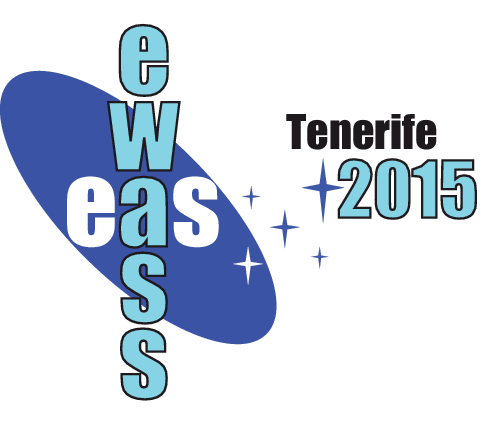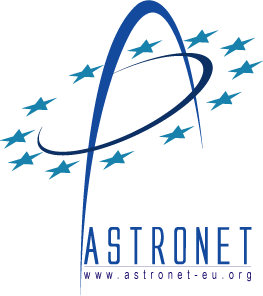Symposium S8
24 – 25 June 2015
What happened to the gas? Understanding the evolution of galaxies
Aims and scope
Nowadays, we can exploit samples of observed galaxies that are unique
in completeness and provide a description of the internal
properties of galaxies with unprecedented detail. Spectroscopic surveys
combined with multiwavelength imaging from the UV to the far-IR using ground-based
telescopes have recently been completed (e.g. SDSS and GAMA) and surveys
with spatially resolved spectroscopy are currently ongoing
(e.g. CALIFA and SAMI). At the same time, cosmological hydrodynamical
simulations such as Illustris and EAGLE, are, for the first time,
reproducing statistical properties of observed galaxies. Moreover,
realistic galaxy mock catalogues employed in the design of future
surveys such as DESI, are currently being generated with
state-of-the-art semi-analytical models.
During this Symposia we propose to discuss two aspects of galaxy
evolution that, although fundamental, are poorly constrained
observationally and thus are difficult to model and understand
theoretically:
i) Gas cooling and star formation.
How can we improve the modelling of the gas cooling by taking into
account different observations, including those probing with
X-rays the gas in haloes and imaging the circum-galactic medium?
Is it reasonable to assume a universal star formation law? What
kind of observations do we need to better understand these aspects
theoretically?
ii) Quenching of star formation in massive haloes.
Galaxy formation is an inefficient process, but how exactly the
ISM heating by SMBH does contribute to quenching the ongoing star
formation in galaxies? In massive haloes, the star formation can
be further affected by environmental effects. Is the removal of the
diffuse halo gas of satellite galaxies relevant in all
environments? What about the removal of their ISM by stripping?
Programme
- Gas cooling.
- Star formation.
- AGN feedback and its connection to the star
formaion quenching.
- Enviromental effects affecting the star formation
in galaxies.
This symposium is complementary to both the more observationally driven Deconstructing Massive Galaxy Formation , taking place from Monday to Wednesday, and the Symposium
Worlds within particles:
Representing supernovae and stellar populations in galaxy simulations , which takes place on Friday.
Invited speakers
This is the preliminary list of invited speakers:
- J. Schaye (Leiden): Review talk on the challenges that models of galaxies face.
- P. Monaco (Trieste): Review talk on the modelling of gas cooling confronted to observations.
- C. Lagos (ESO): Review talk on modelling the star formation.
- Y. Dubois (Paris): Review talk on the modelling of the AGN feedback and its connection to the star formaion quenching.
- M. Hirschmann(Trieste): Review talk on environmental effects affecting the star formation
in observed and model galaxies.
Scientific organisers
V. Gonzalez-Perez (Durham), V. Wild (St. Andrews), C. Lagos (ESO), R. Bower (Durham), C. Dalla Vecchia (La Laguna), A. Knebe (Madrid)
Contact
violeta.gonzalez @ durham.ac.uk
Updated on Fri Feb 13 17:46:27 CET 2015
|

 A power cut will shut down all EAS services on Tuesday, 10 January 2017 starting at 7:30 CET.
A power cut will shut down all EAS services on Tuesday, 10 January 2017 starting at 7:30 CET.


















